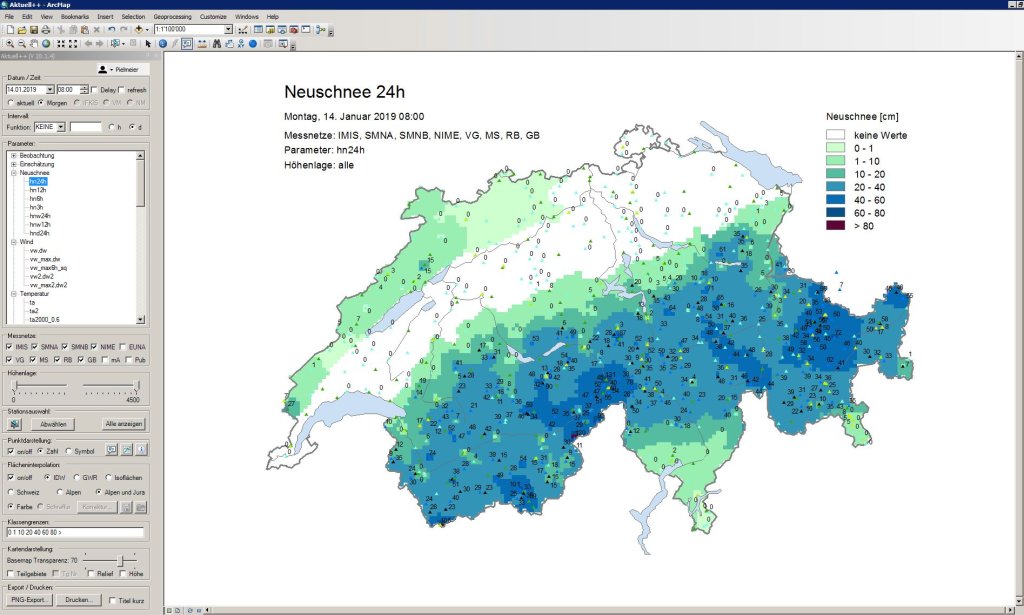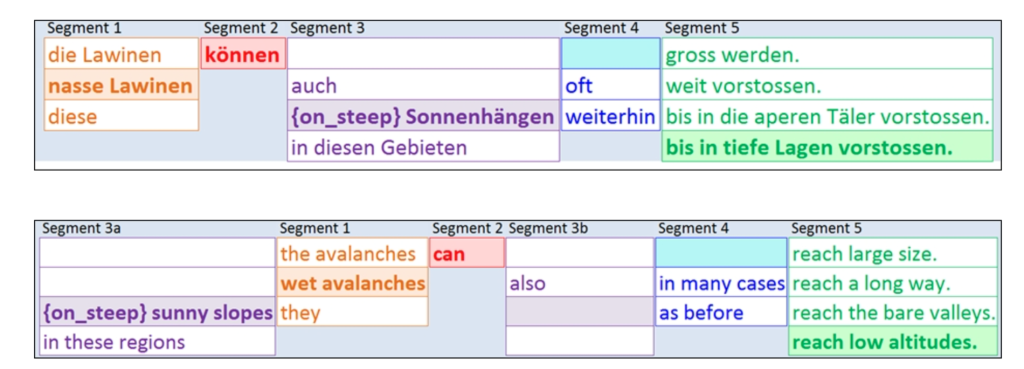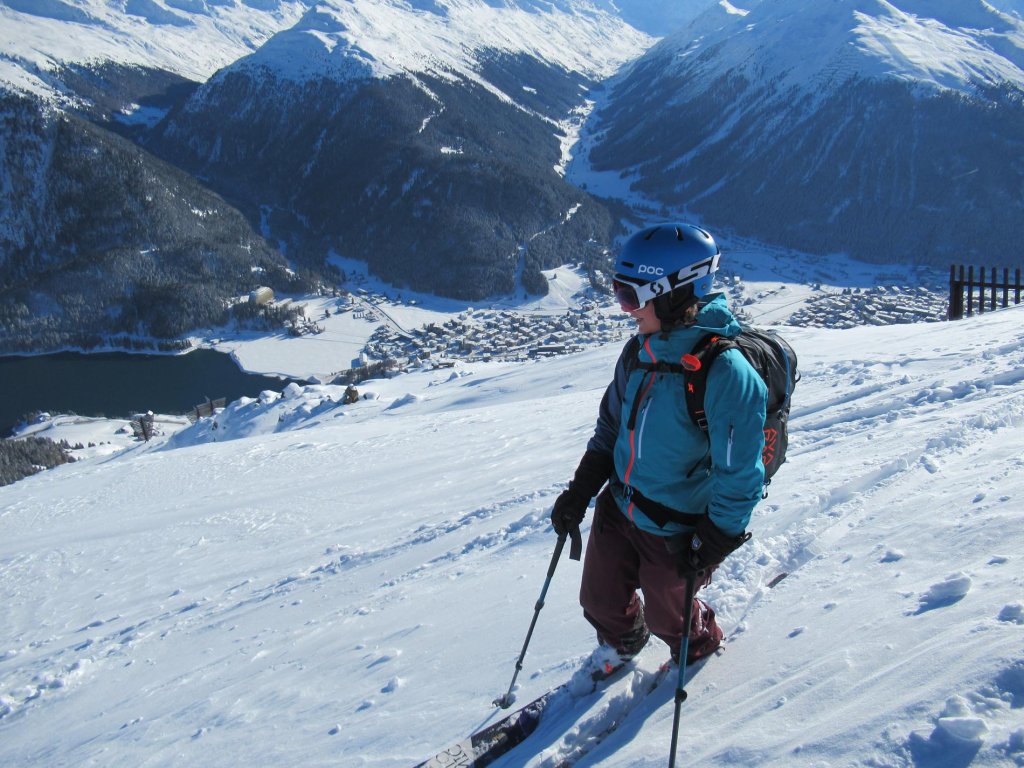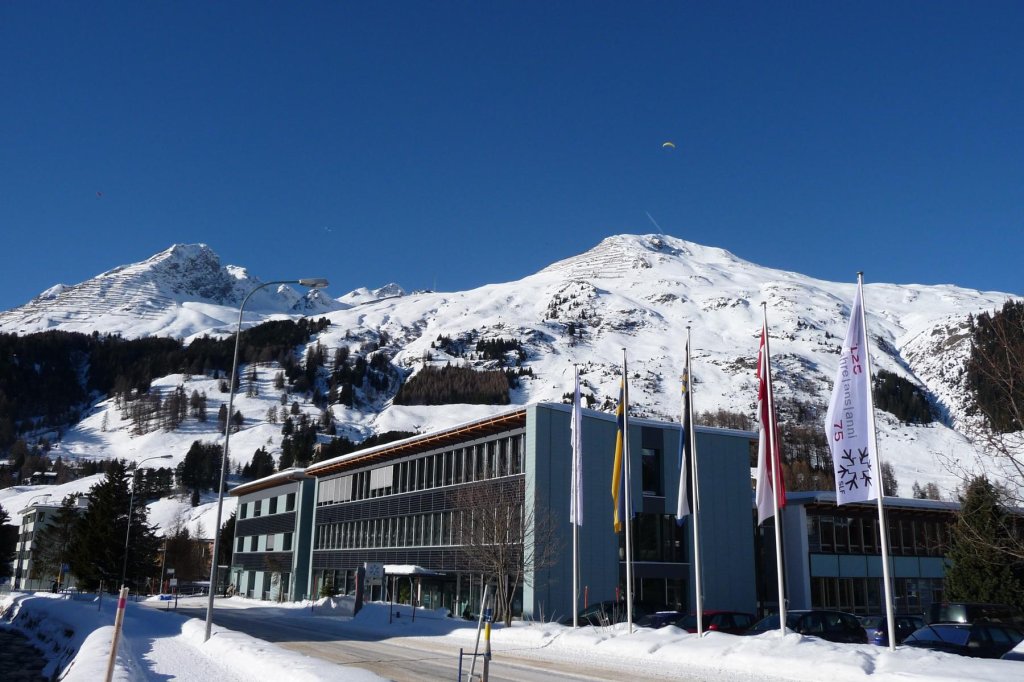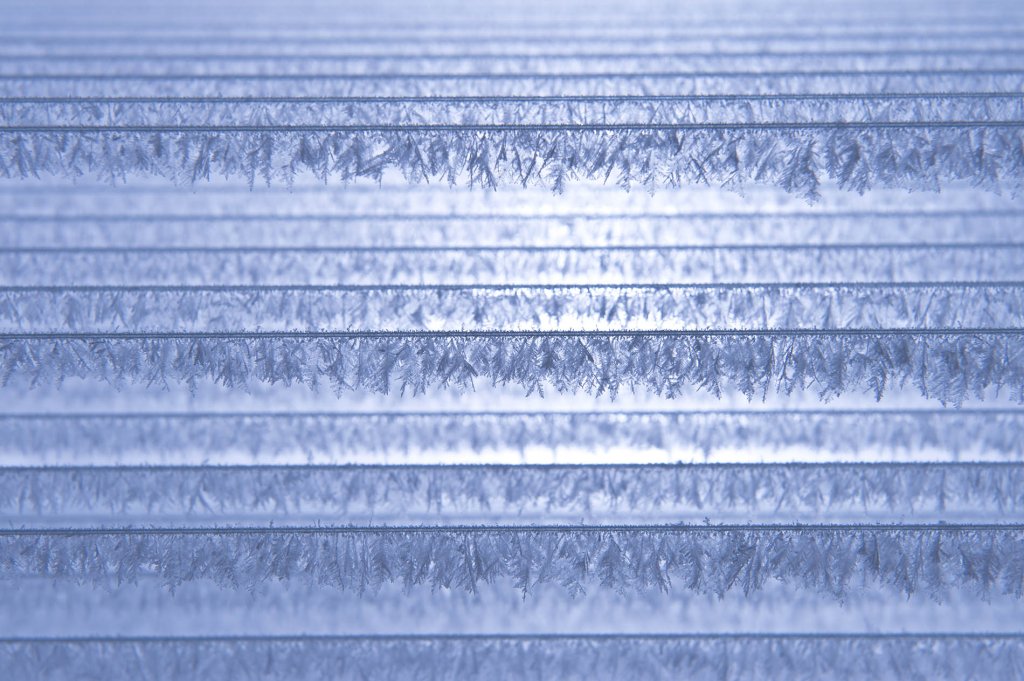First, let's take a look at the avalanche bulletin as such:
It is not produced automatically at the touch of a button, but on the basis of expert knowledge and experience. There are a total of eight forecasters at the SLF, three of whom are always on duty together. They are assigned as "beginner", "main responsible person" and "reserve person". In the next rotation, the "starter" becomes the "main person in charge", the "main person in charge" becomes the "reserve person" and the "reserve person" leaves the bulletin service. This rotation procedure ensures that knowledge about the previous development of the snow and avalanche situation is passed on in an overlapping manner and is not lost.
